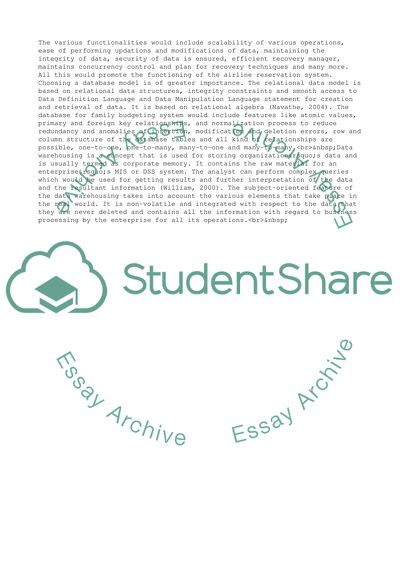Cite this document
(“Sports Club Entity Model Essay Example | Topics and Well Written Essays - 2000 words”, n.d.)
Sports Club Entity Model Essay Example | Topics and Well Written Essays - 2000 words. Retrieved from https://studentshare.org/business/1553556-oracle-sql-and-analysis-and-design
Sports Club Entity Model Essay Example | Topics and Well Written Essays - 2000 words. Retrieved from https://studentshare.org/business/1553556-oracle-sql-and-analysis-and-design
(Sports Club Entity Model Essay Example | Topics and Well Written Essays - 2000 Words)
Sports Club Entity Model Essay Example | Topics and Well Written Essays - 2000 Words. https://studentshare.org/business/1553556-oracle-sql-and-analysis-and-design.
Sports Club Entity Model Essay Example | Topics and Well Written Essays - 2000 Words. https://studentshare.org/business/1553556-oracle-sql-and-analysis-and-design.
“Sports Club Entity Model Essay Example | Topics and Well Written Essays - 2000 Words”, n.d. https://studentshare.org/business/1553556-oracle-sql-and-analysis-and-design.


